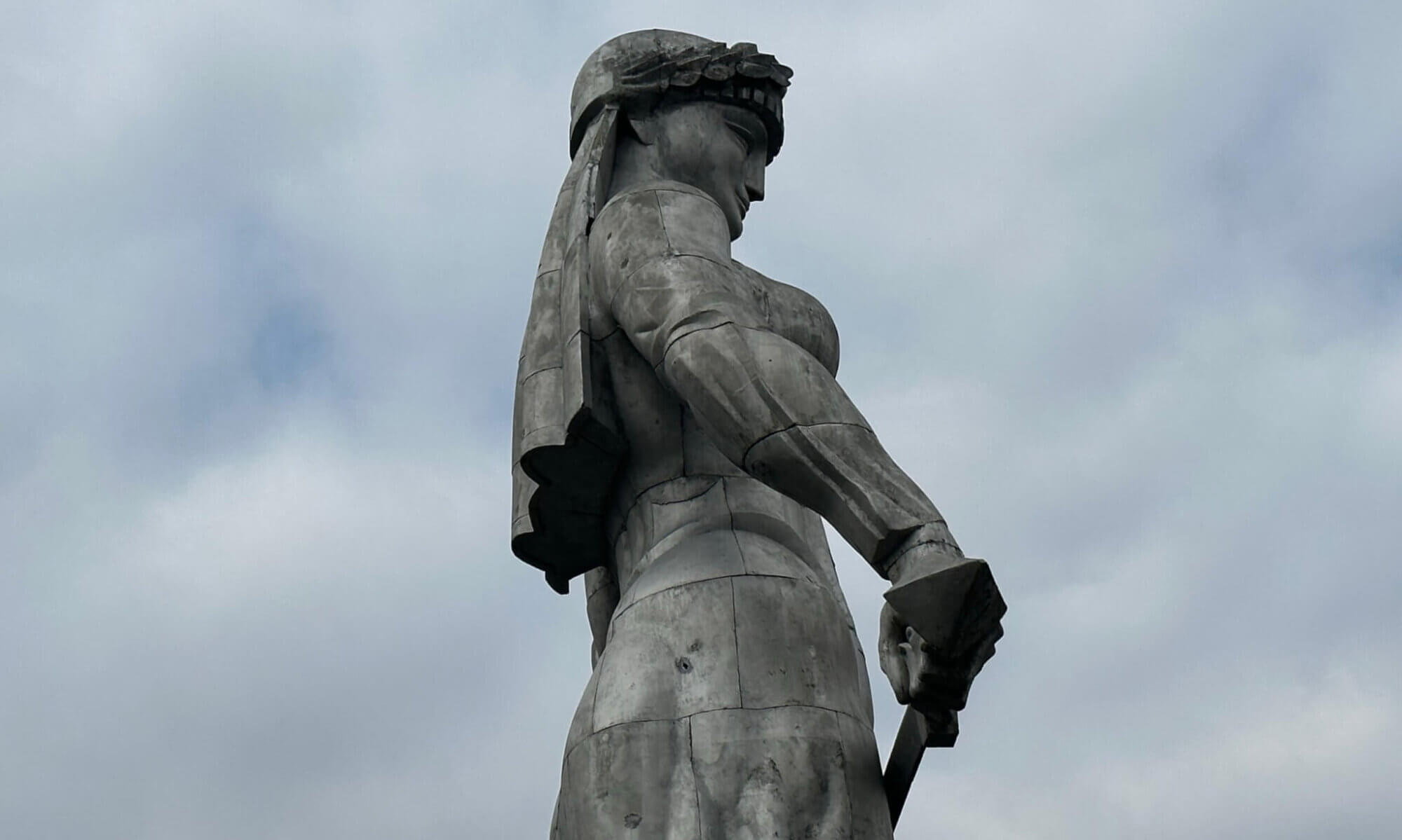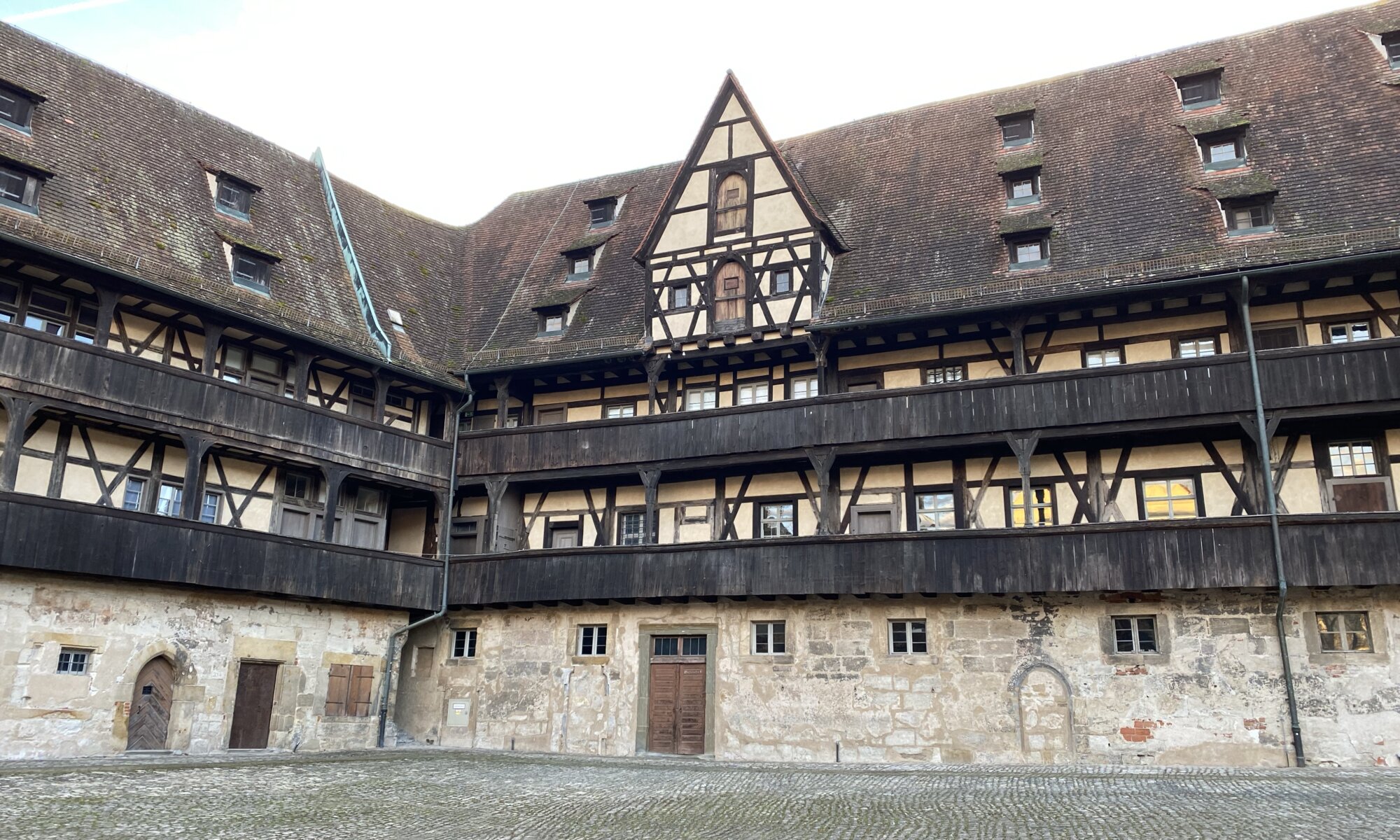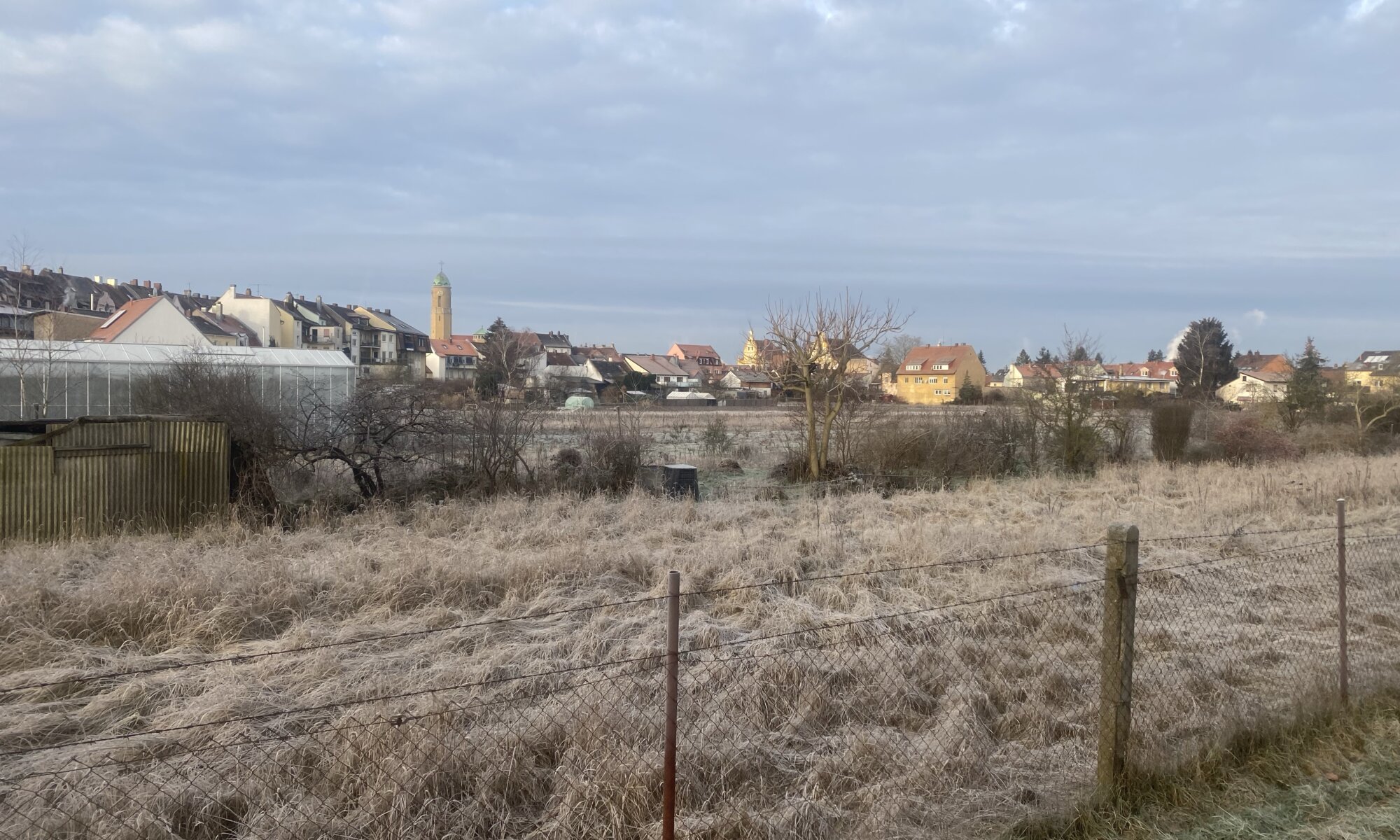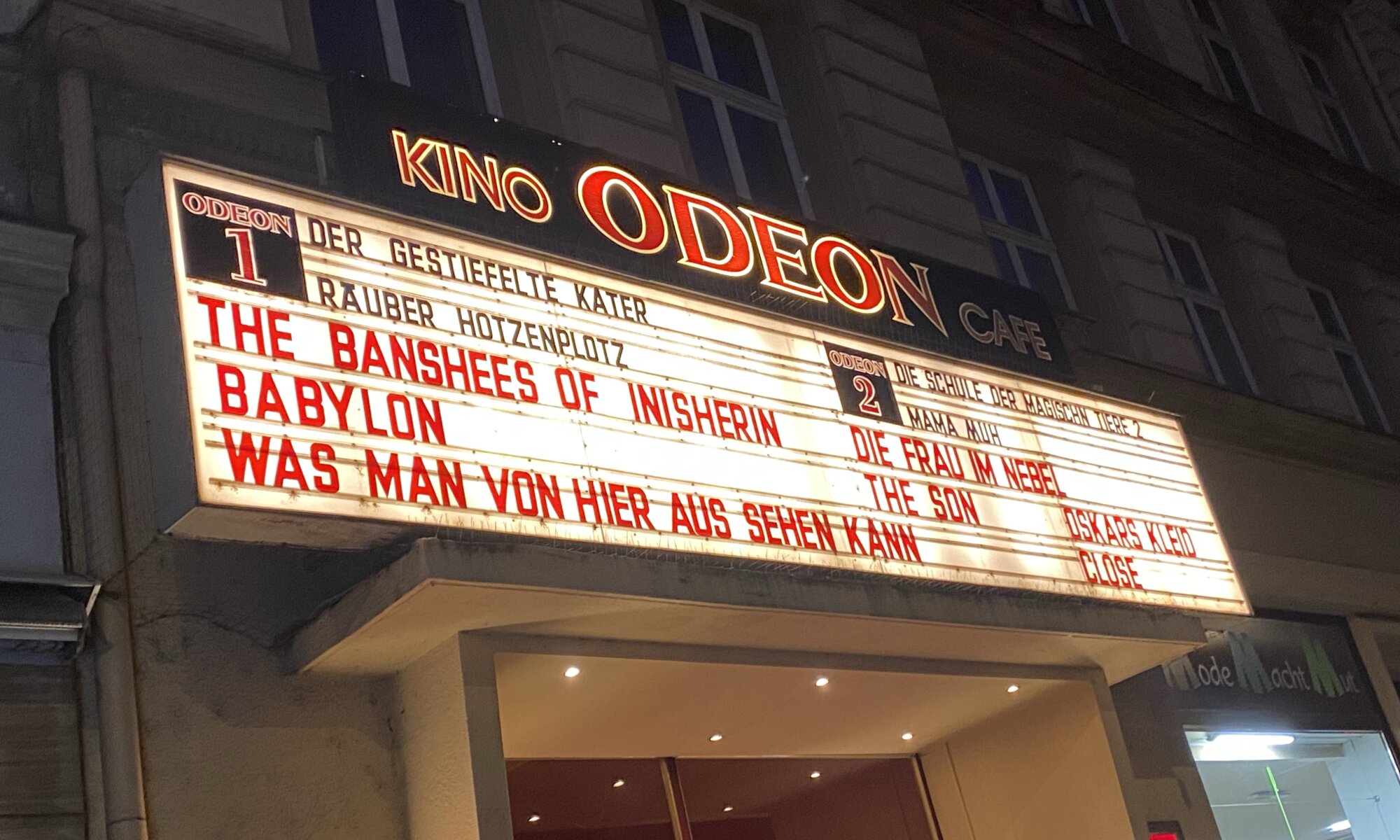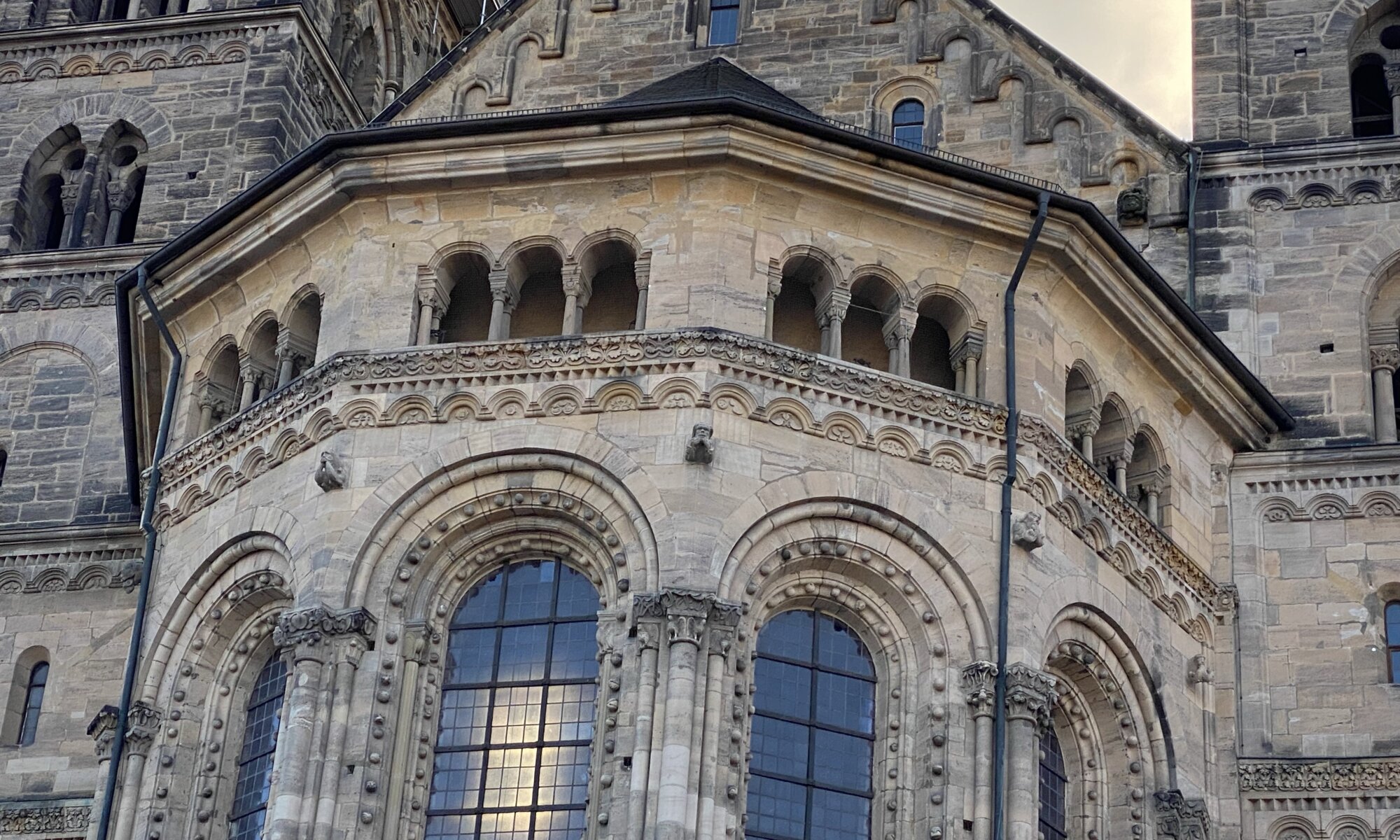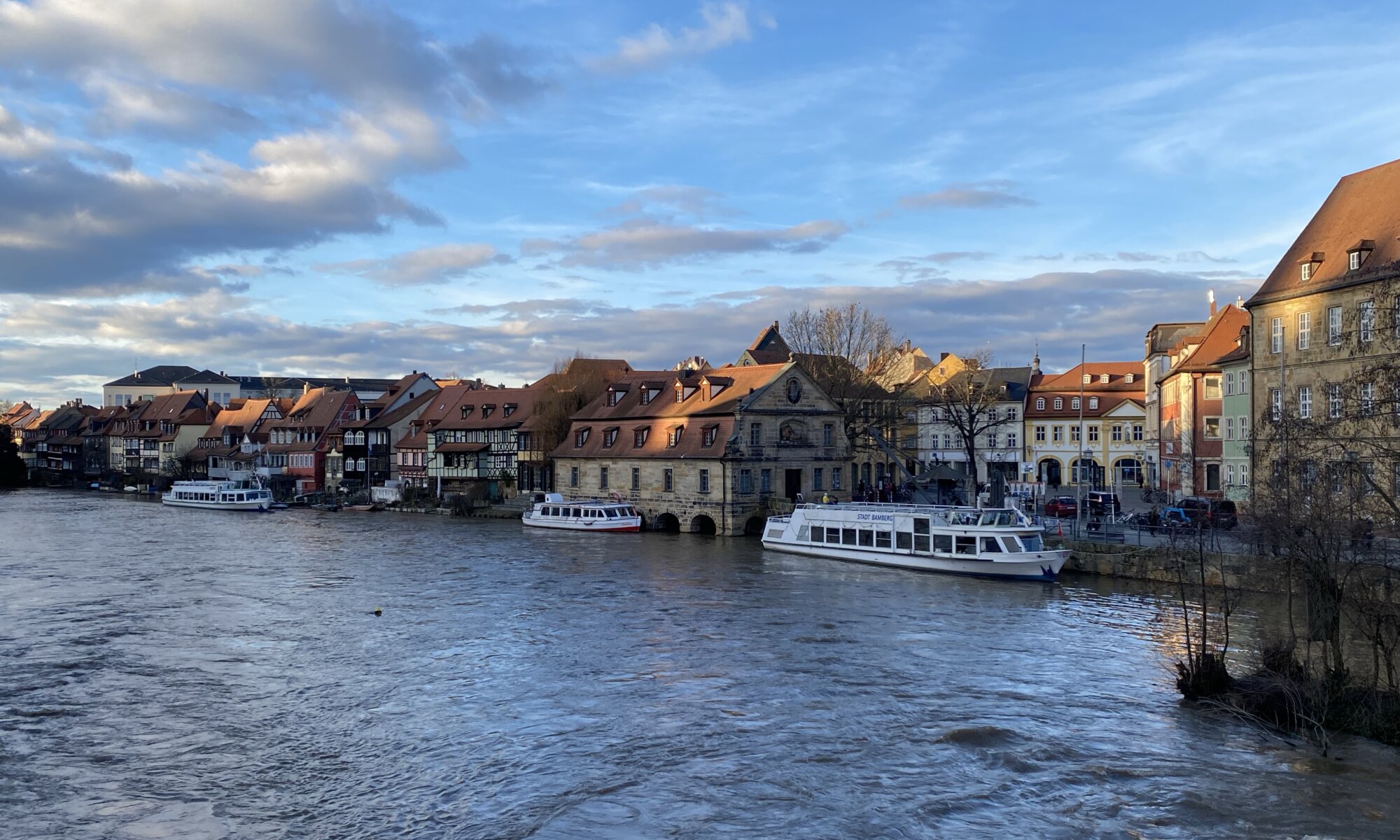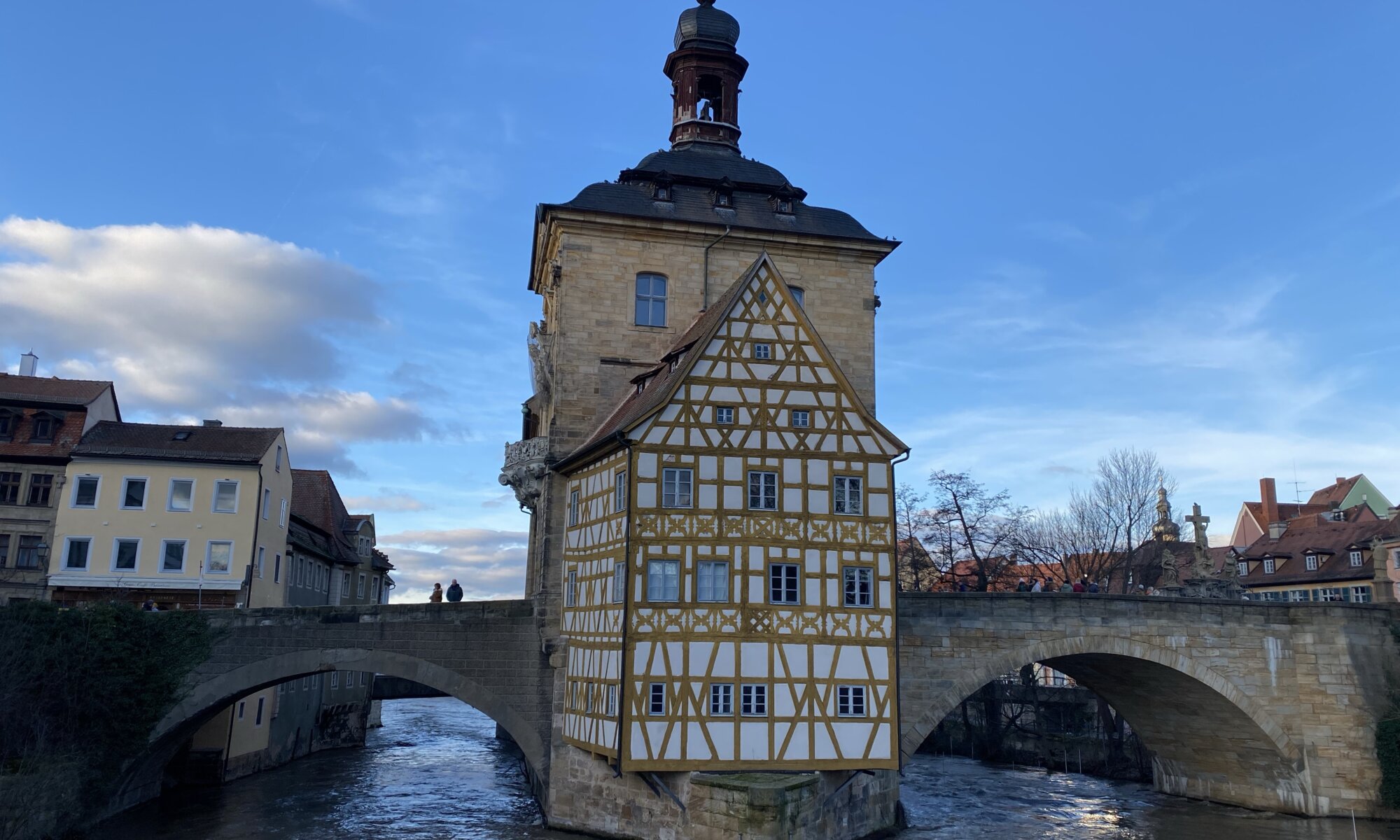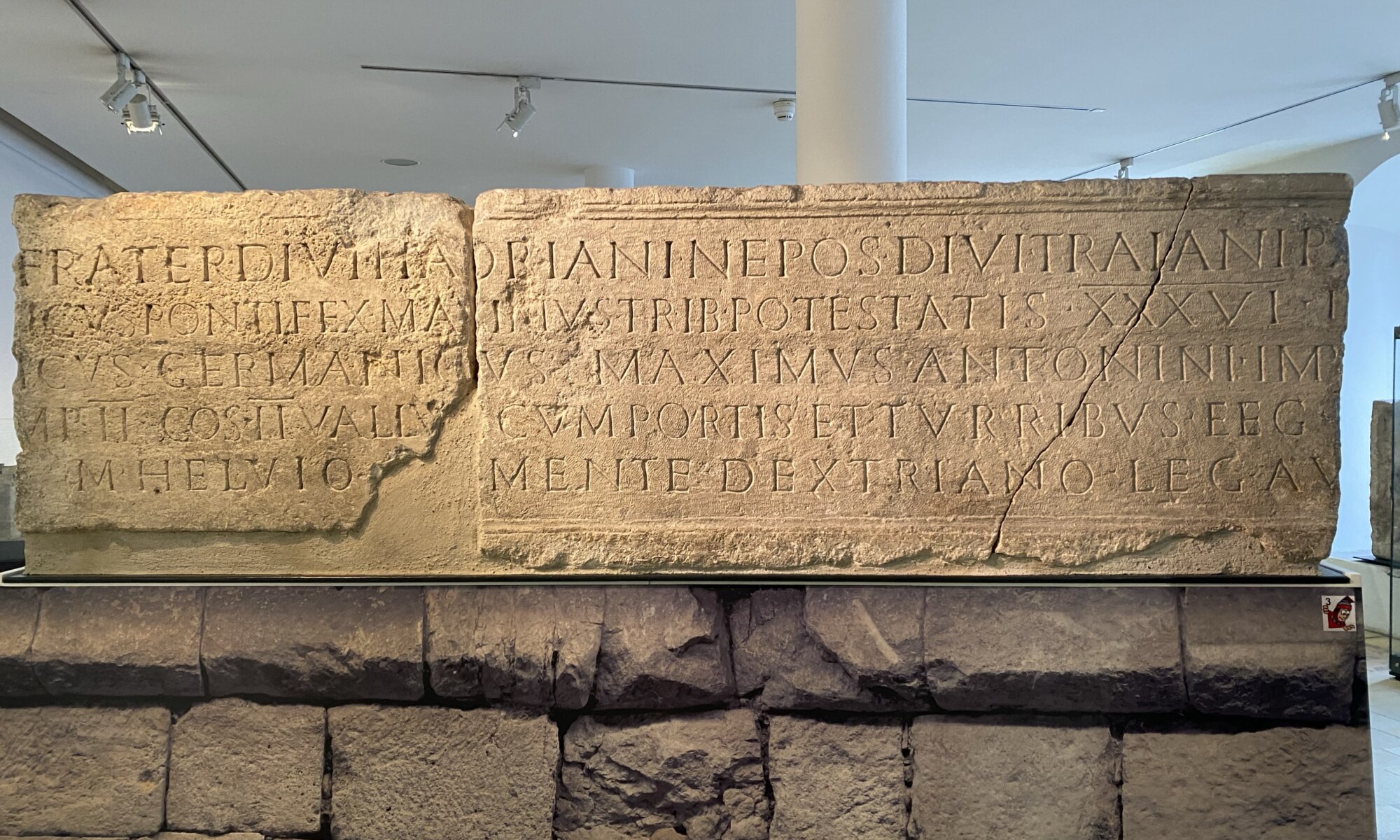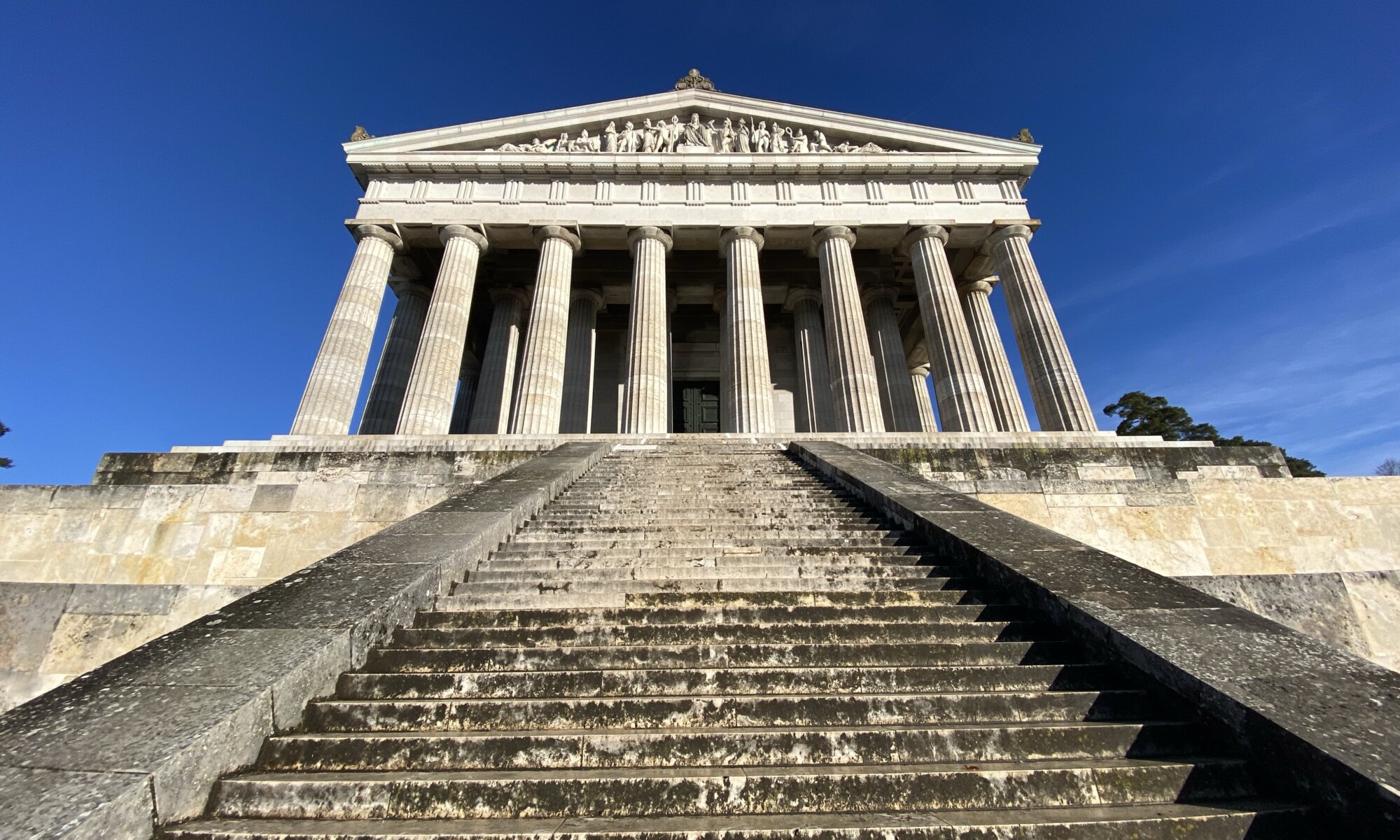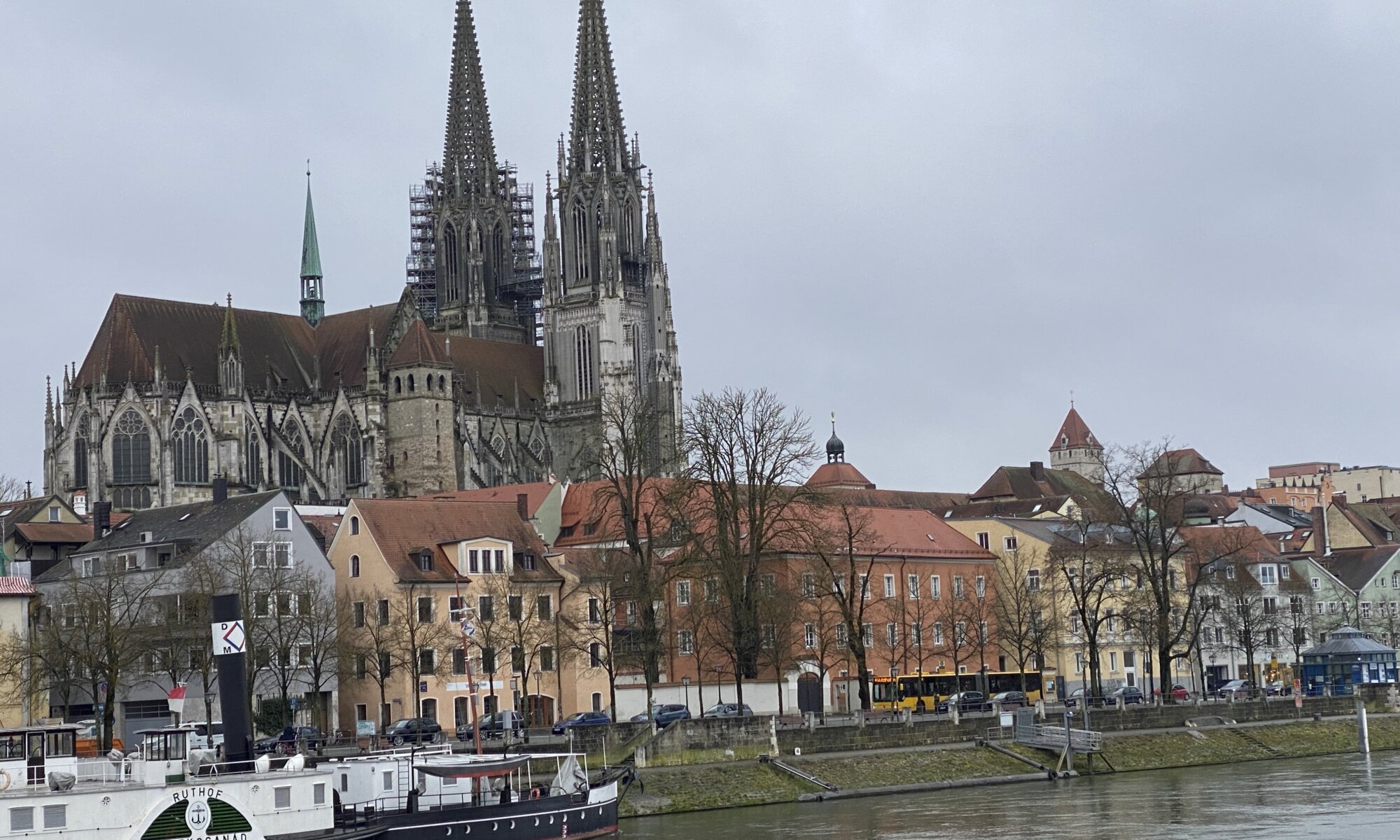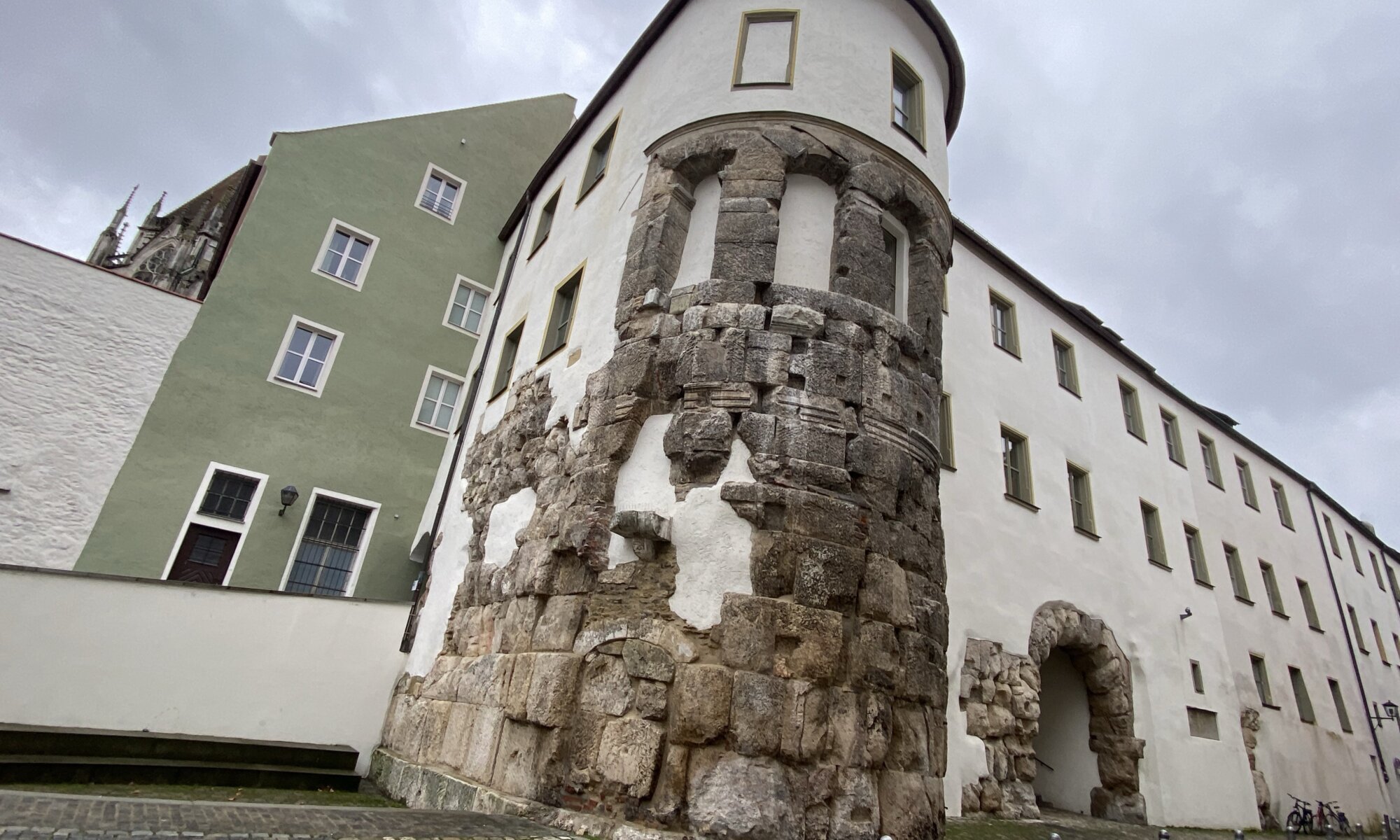Next to the cathedral of Bamberg you can find the Alte Hofhaltung, the residence of the bishops. It was built in the 15th century CE but the area was used by rulers much longer than that: the direct predecessor was an imperial palace (a so called Kaiserpfalz) built by Henry II, Holy Roman Emperor. Today it is a beautiful, quiet place and you can relax in its inner courtyard.
Continue reading “Alte Hofhaltung”Gärtnerstadt
The city center of Bamberg is a UNESCO world heritage site since 1993. And that is well-deserved because of the beautiful historic buildings in the old town (Bergstadt and Inselstadt) and the location along river Regnitz. After a short walk through the streets and over the many bridges you can only confirm this. But there is another part that belongs to the UNESCO world heritage site that is lesser known: the Gärtnerstadt.
Continue reading “Gärtnerstadt”Odeon
Normally, when a multiplex cinema opens in a German city tough times start for the old, small arthouse cinemas. In Bamberg this is different: the multiplex cinema went into bankruptcy and the small cinemas survived. One of them is the Odeon not far from the main railway station. It is charming small cinema and watching a movie there is like travelling in time.
Continue reading “Odeon”Bamberger Dom
You can’t overlook the cathedral of Bamberg with its two high towers. It is part of the Bergstadt city quarter and located on a mountain next to river Regnitz. The Bamberger Dom named St. Peter und St. Georg is special, not only because of its Romanesque style. It is the only burial site of a pope in Germany and north of the Alps. While popes are typically buried at Roma, pope Clement II – who was formerly bishop of Bamberg – was buried within this cathedral.
Continue reading “Bamberger Dom”Little Venice
The city of Bamberg is beautifully located at the 64 km long river Regnitz, created from the confluence of Pegnitz and Rednitz near Fürth and running into river Main. At Bamberg two river arms form an island which contains important parts of the city and water mills were used in different parts. The river was also important to transport goods, as you can still today see at the harbor with an ancient crane.
Continue reading “Little Venice”Surrounded by water
What is the most important icon of Bamberg? There is only one correct answer: it is the old town hall building (Altes Rathaus) built on posts within the river Regnitz. Not only tourist books use this place is the one and only image of the city – also companies showing their connection to Bamberg use it massively. The impressive building is partly half-timbered and marks the border between the religiously ruled (Bergstadt) part of the city and the secular Bamberg (Inselstadt).
Continue reading “Surrounded by water”Castra Regina
When you’re walking through Regensburg you might not notice that the city is of Roman origin, but the traces are there and easy to find. In 179 CE the Romans created a fortification close to the rivers Regen and Donau. The Castra Regina was home to the third Italian legion and protected the Upper Germanic-Rhaetian Limes which was in this area the river Donau. On the other side of the river Germanic people were living and had continuous conflicts with the Romans.
Continue reading “Castra Regina”Walhalla
When the Holy Roman Empire broke apart in 1806 the people in todays Germany were trying to define their identity. Who is German? What does it mean to be a German? The idea of these times was that everyone who is speaking the German language shall be defined as a German. Ludwig I, the later king of Bavaria, started to create a collection of busts showing persons whom he defined as important Germans. He planned to exhibit them in an impressive building which he named the Walhalla, after the place where fallen heroes find their eternal rest in Norse mythology.
Continue reading “Walhalla”St. Peter
The two towers of the Gothic-style cathedral St. Peter dominate the skyline of the city of Regensburg. Entering the building feels like being teleported into a different world, with the high ceiling and the rich decorations it has a special atmosphere. The church was built from the year 1275 on and became usable in 1450. The creation of the towers lasted until 1869, all in all a very long construction period.
Continue reading “St. Peter”Porta Praetoria
The city of Regensburg was founded by the Romans in 179 CE. They created their military fortification called Castra Regina facing the river Donau. The main gate of every of these fortifications was called Porta praetoria and the Porta praetoria of Castra Regina has been preserved throughout the centuries. In fact, in addition to the Porta Nigra of Trier the gate at Regensburg is the only preserved Roman gate in Germany.
Continue reading “Porta Praetoria”